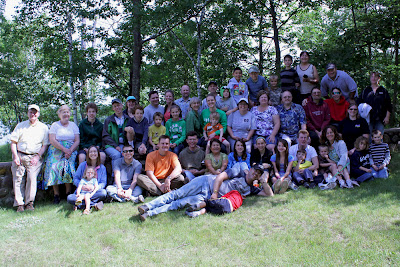Theologians, pastors, and Christian historians spend much effort in describing the, well, theological, ecclesial, and historical foundations of Christianity. In doing so, we think of the church as an idea which has been formed by prior ideas. There is the Liberal church, the Evangelical church, the Roman Catholic church, etc.
However, church members typically describe going to worship as, "Going to church." And by "church" they don't mean an idea. They mean a building -- a place. Wouldn't it therefore be of some use to describe the physical foundations of a local congregation?
For example, Union Presbyterian Church of Saint Peter, Minnesota is a Presbyterian Church. Its theology and worship practices are within a North American derivation of the Reformed Christian tradition. It is also a church made out of stone.
What you see there is Kasota stone. Kasota stone is limestone quarried from the nearby town of Kasota, Minnesota. Limestone is a sedimentary rock formed when this area of the world was a sea. It is still being quarried today.
Kasota stone was also used to construct the new Twins baseball stadium:
In the same way that Union Presbyterian Church has a particular theological history, it also has a particular geological history. It is a place formed by a strand of ideas that started in places like Jerusalem and Geneva, as well as by a sea that has long since disappeared. We have a responsibility to our theological fore-bearers like Paul and Calvin, as well as a responsibility to the valley from which our church was hewn.
Geography is the study of how human cultures interact with their environment. To understand the geography of Union Presbyterian Church of Saint Peter we need to know much more than its location on a map -- we have to understand how a people informed by Reformed thought interacted with their environment in the Minnesota Valley to build a church in 1871.








